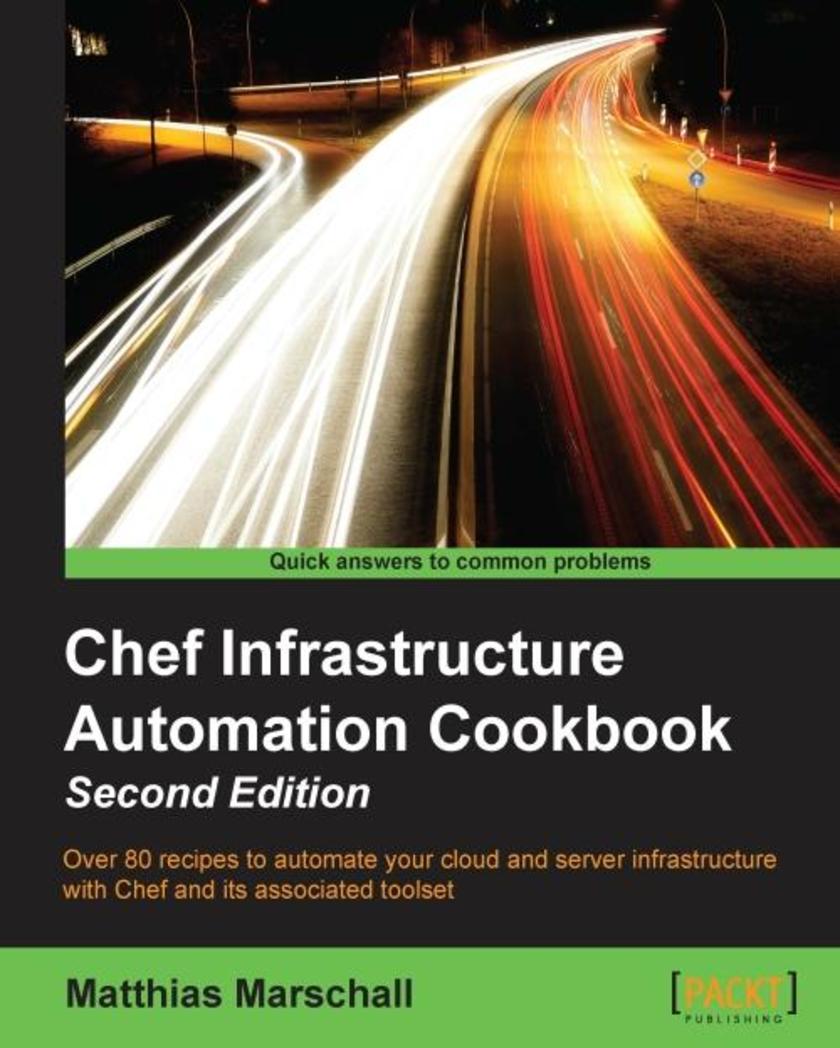
Chef Infrastructure Automation Cookbook - Second Edition
¥80.65
This book is for system engineers and administrators who have a fundamental understanding of information management systems and infrastructure. It helps if you've already played around with Chef; however, this book covers all the important topics you will need to know. If you don't want to dig through a whole book before you can get started, this book is for you, as it features a set of independent recipes you can try out immediately.
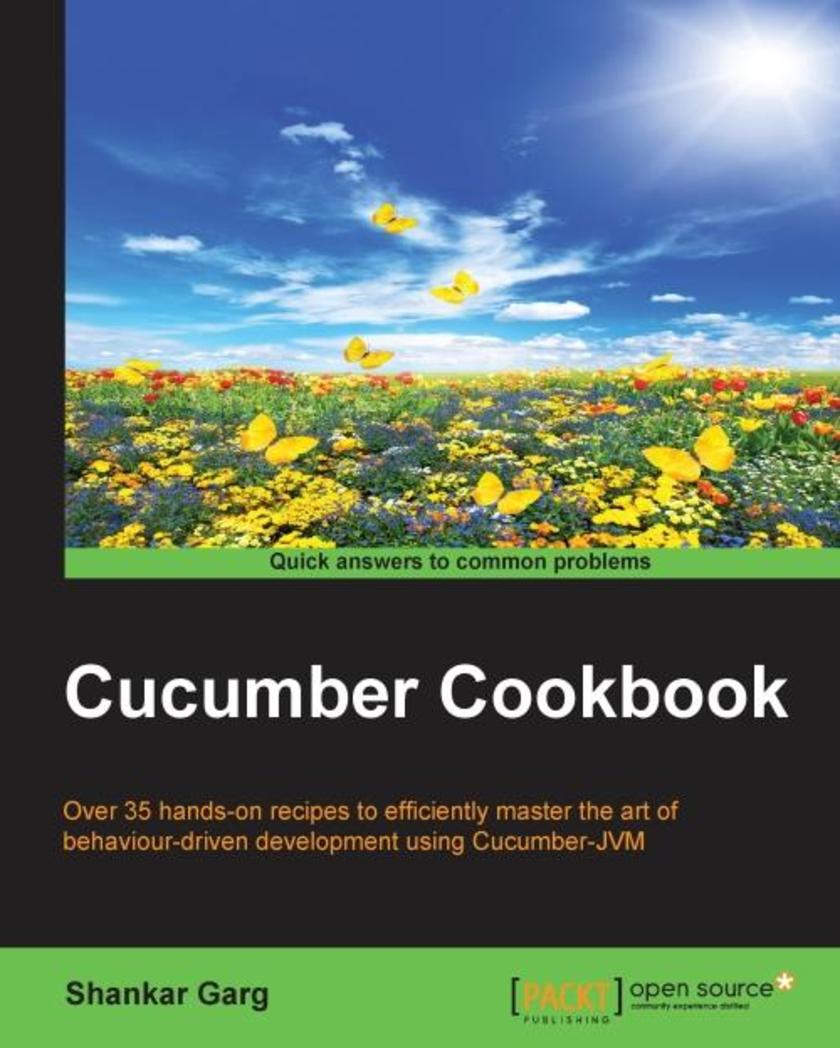
Cucumber Cookbook
¥71.93
This book is intended for business and development personnel who want to use Cucumber for behavior-driven development and test automation. Readers with some familiarity with Cucumber will find this book of most benefit. Since the main objective of this book is to create test automation frameworks, previous experience in automation will be helpful.
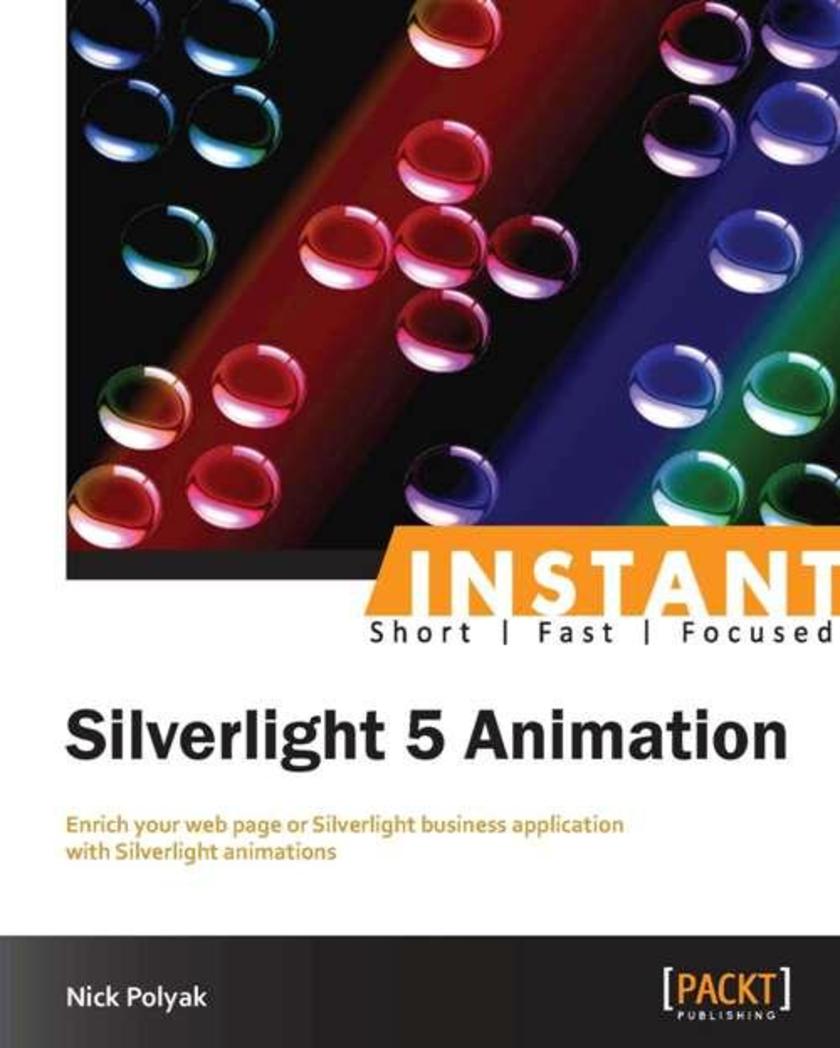
Instant Silverlight 5 Animation
¥41.41
This book is written in simple, easy to understand format with lots of screenshots and step-by-step explanations. If you are a developer looking forward to create great user experience for your Silverlight applications with cool animations or create Silverlight banner ads, then this is the guide for you. It is assumed that the readers have some previous exposure to Silverlight or WPF.
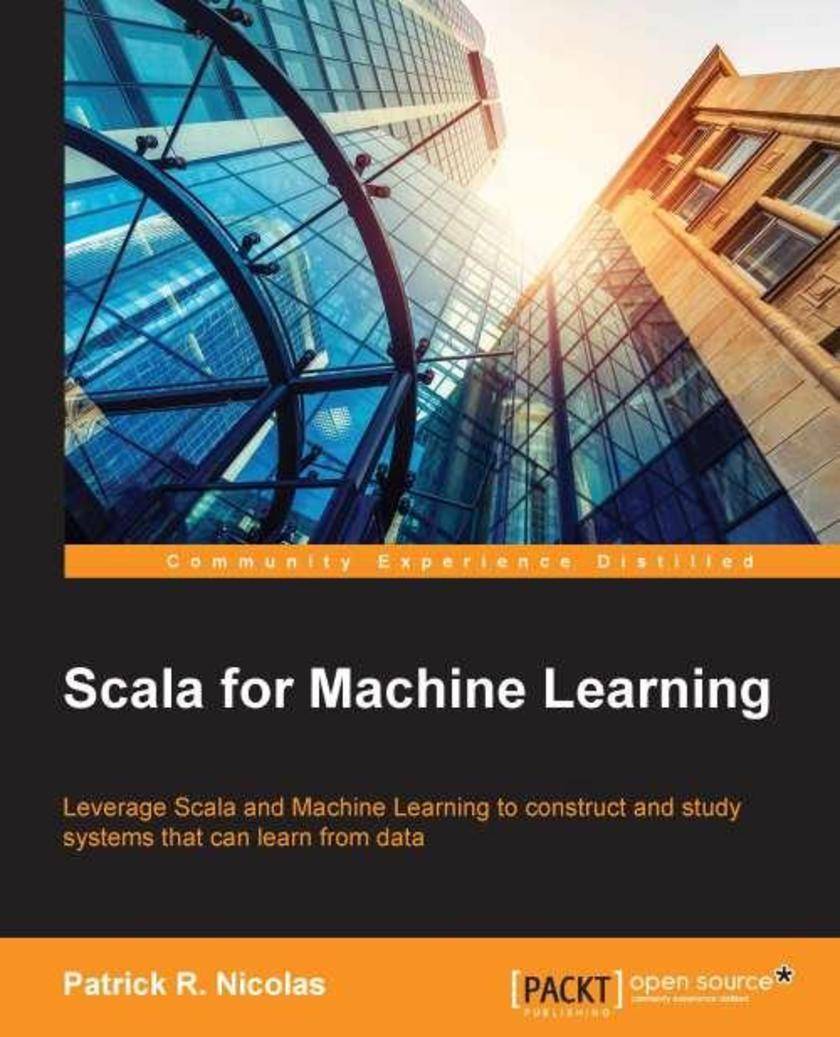
Scala for Machine Learning
¥107.90
Are you curious about AIAll you need is a good understanding of the Scala programming language, a basic knowledge of statistics, a keen interest in Big Data processing, and this book!
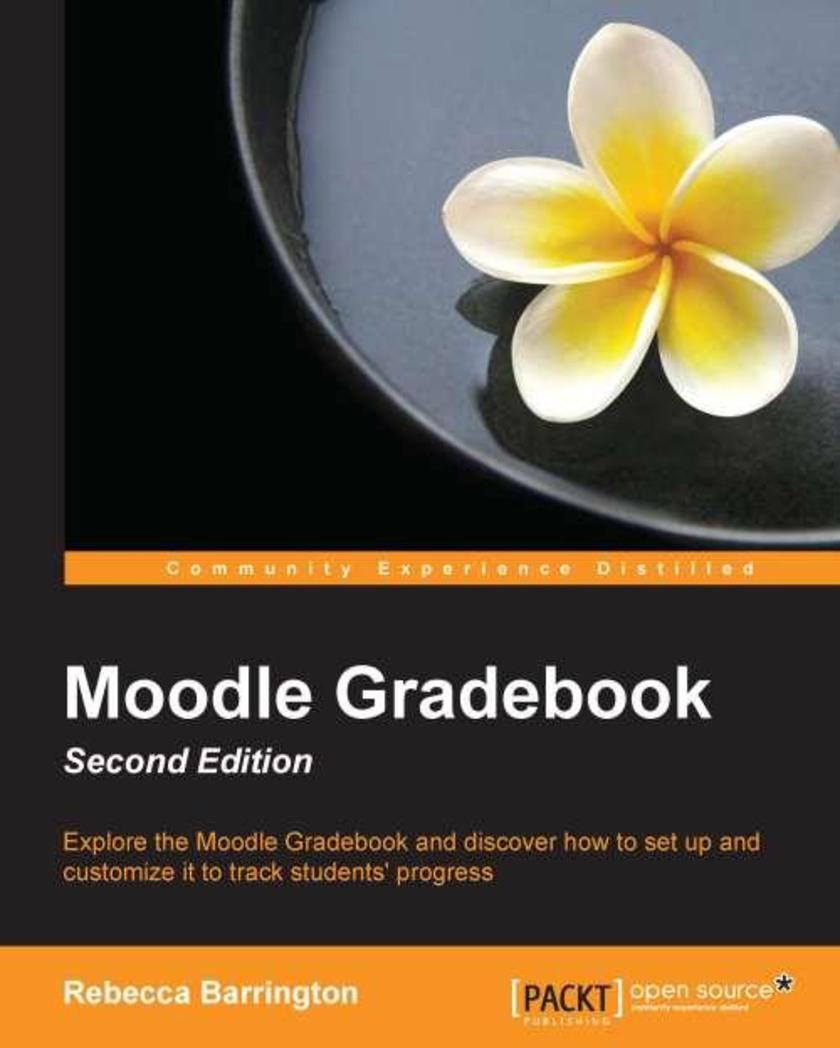
Moodle Gradebook - Second Edition
¥54.49
This book is for teachers and administrators who have experience with Moodle. Basic knowledge of Moodle 2.x will be required, but no prior knowledge of grade functions is needed. This book will help you utilize the full functionality of Version 2.7.
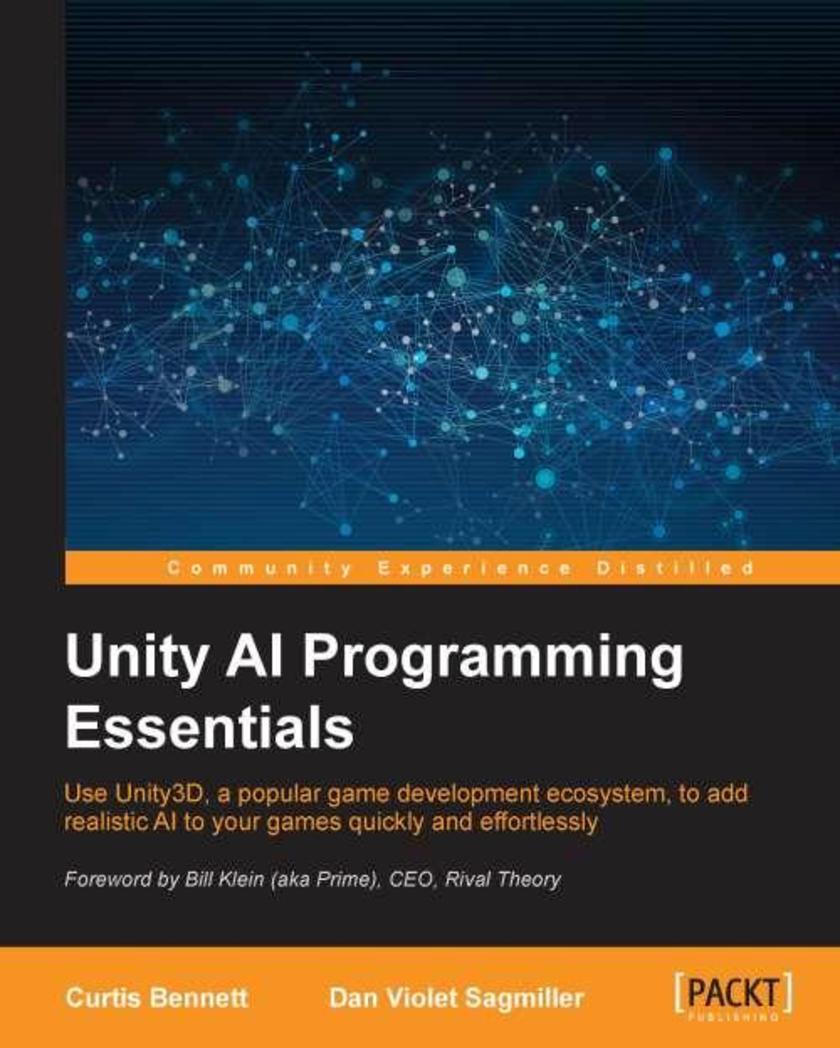
Unity AI Programming Essentials
¥54.49
This book is aimed at developers who know the basics of game development with Unity and want to learn how to add AI to their games. You do not need any previous AI knowledge; this book will explain all the essential AI concepts and show you how to add and use them in your games.
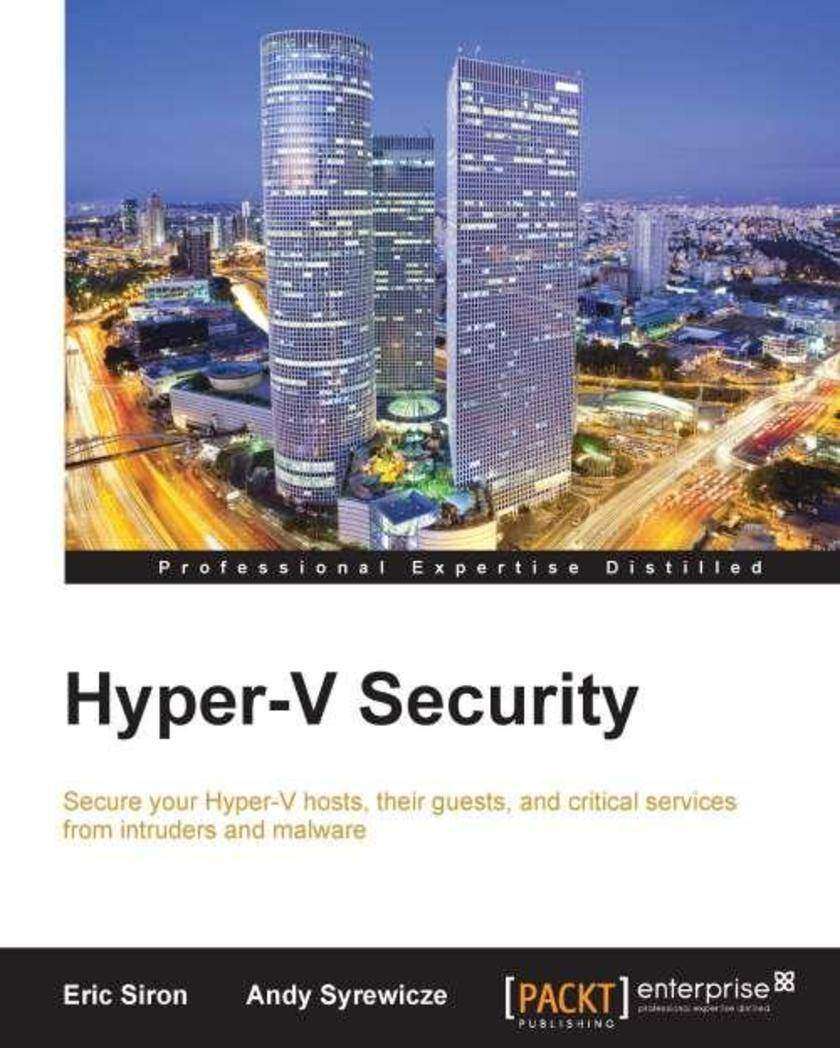
Hyper-V Security
¥54.49
Hyper-V Security is intended for administrators with a solid working knowledge of Hyper-V Server, Windows Server, and Active Directory. An administrator with a functional environment will be able to use the knowledge and examples present in this book to enhance security.
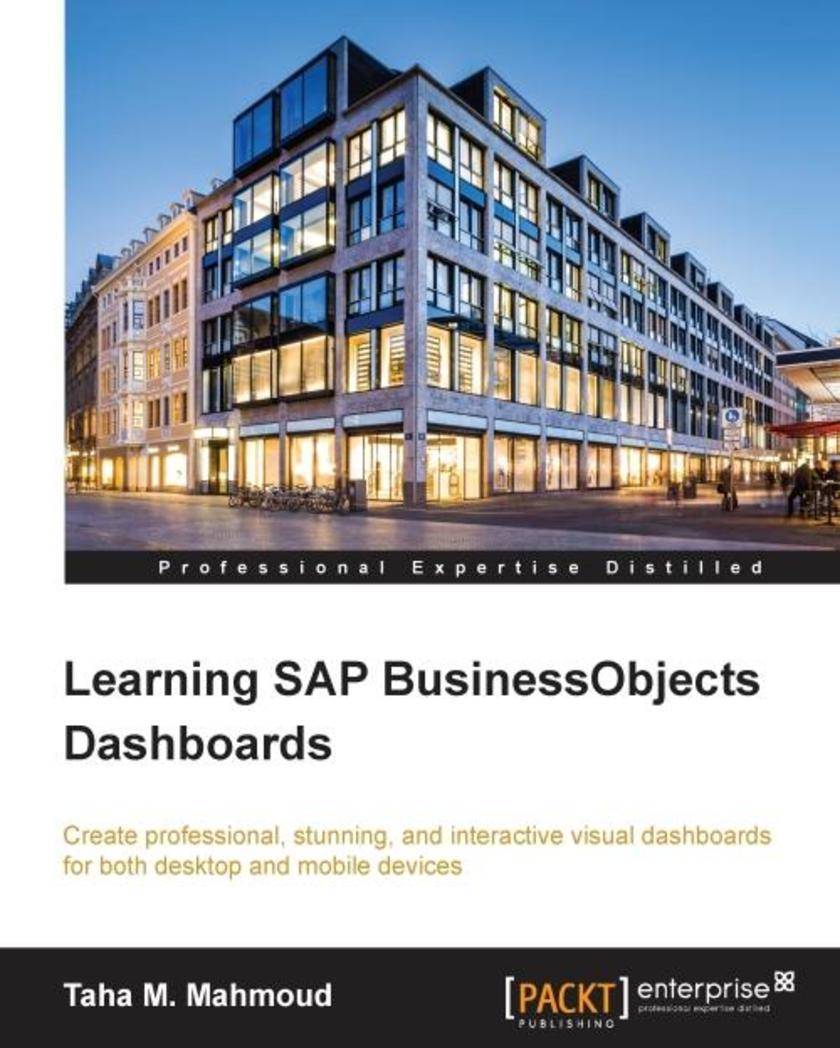
Learning SAP BusinessObjects Dashboards
¥99.18
This book will help beginners to create stylish and professional looking dashboards in no time. It is also intended for BI developers who want to use SAP BO to facilitate BI in their organizations. No prior knowledge is required, however, you must have a basic knowledge of MS Excel and some analytical skills to build expressive business charts.
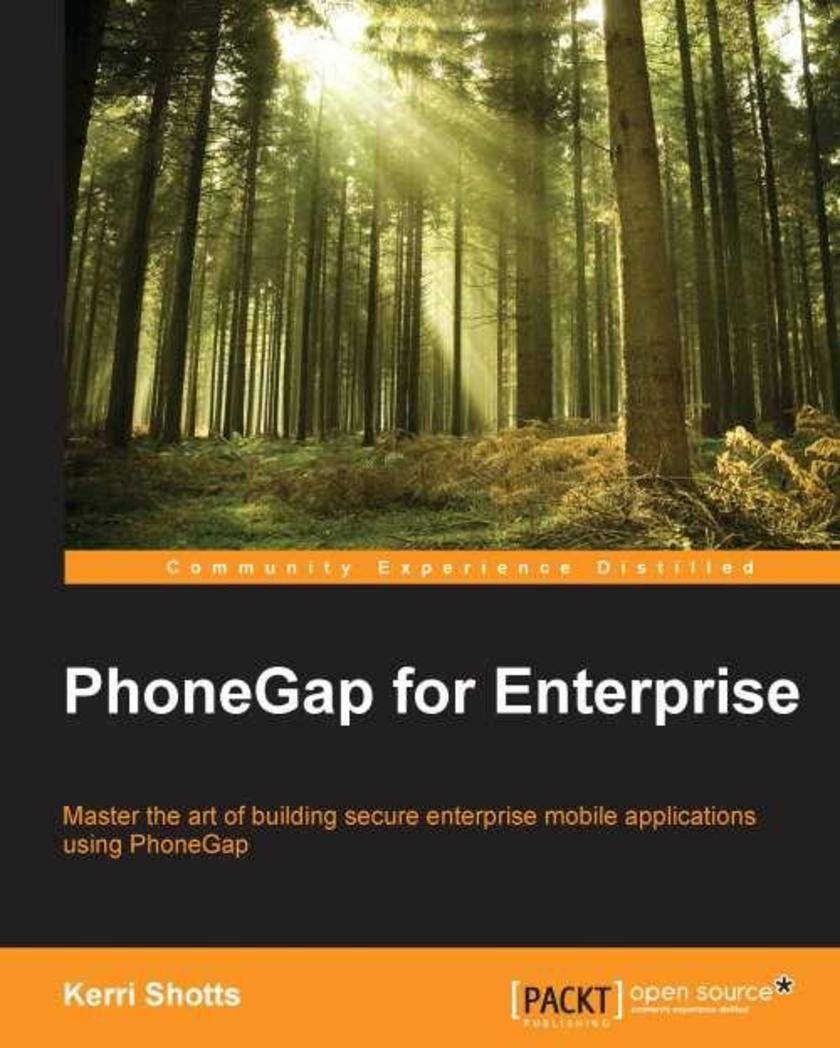
PhoneGap for Enterprise
¥54.49
This book is intended for developers who wish to use PhoneGap to develop useful, rich, secure mobile applications for their enterprise environment. The book assumes you have working knowledge of PhoneGap, HTML5, CSS3, and JavaScript, and a reasonable understanding of networking and n-tier architectures.
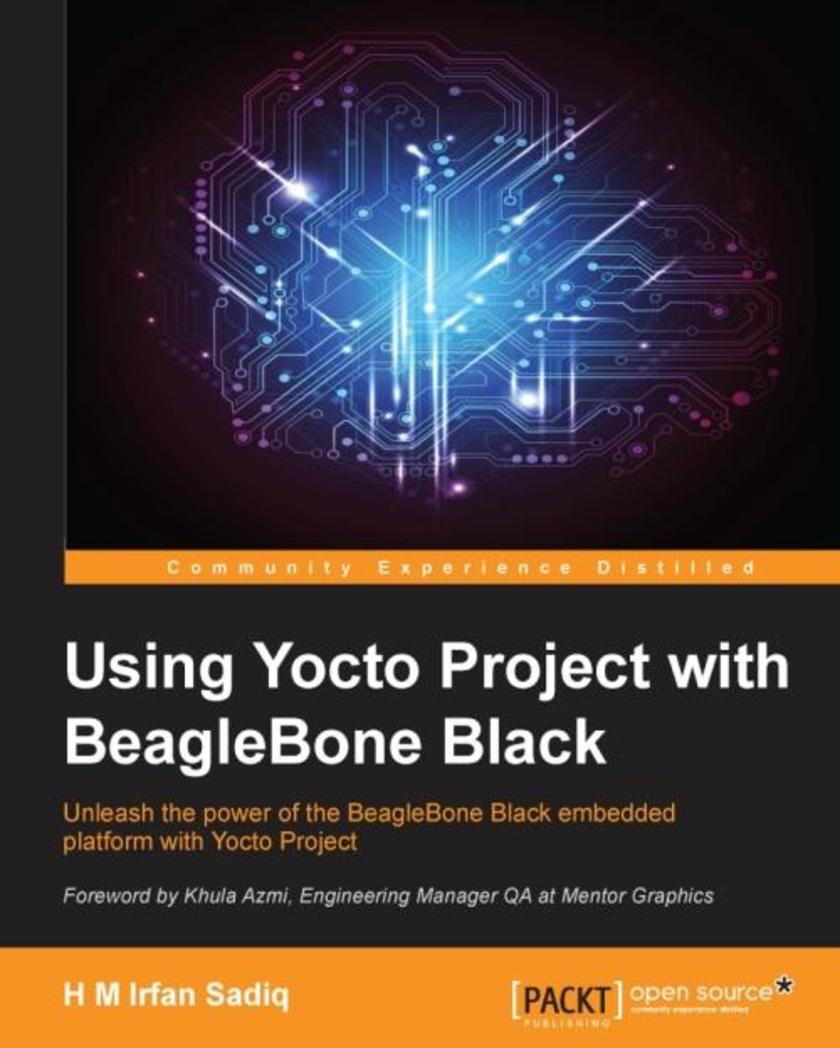
Using Yocto Project with BeagleBone Black
¥71.93
This book is ideal for system developers with knowledge and experience of embedded systems. Knowledge of BeagleBone Black is assumed, while no knowledge of Yocto Project build system is necessary.
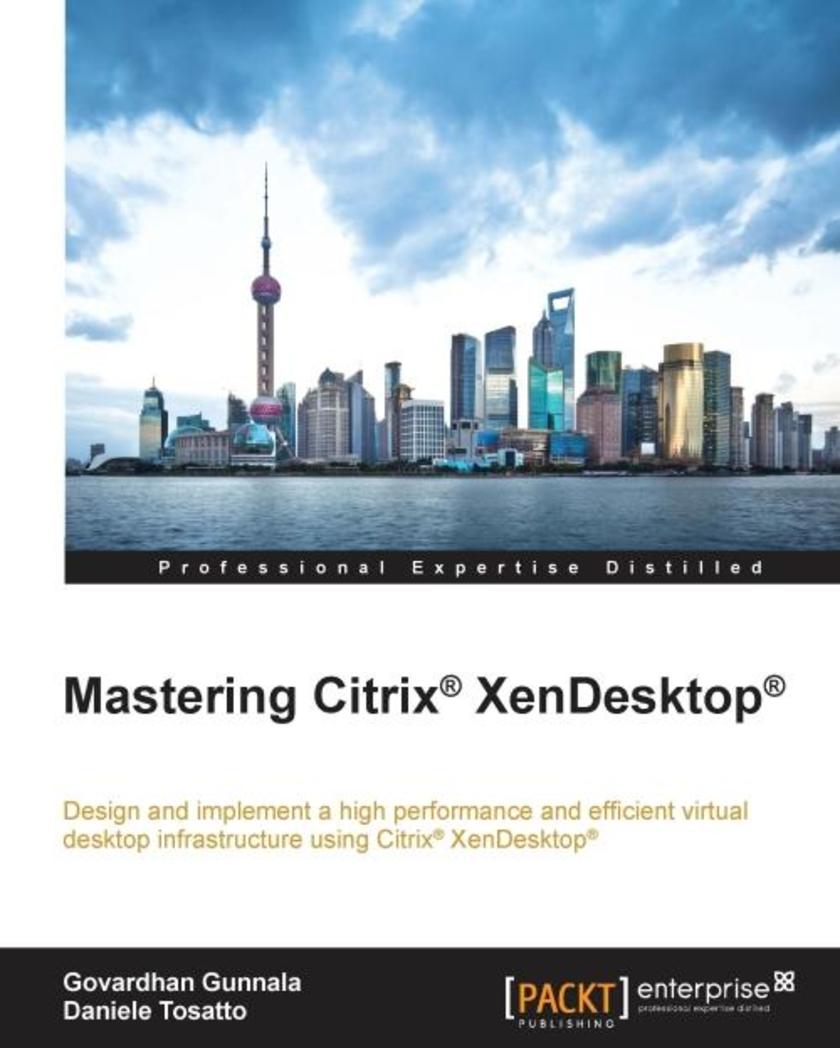
Mastering Citrix? XenDesktop?
¥90.46
This book is intended for IT administrators who want to use Citrixas a desktop virtualization solution or for IT architects who want to learn how to design and implement highly available and scalable XenDesktopenvironments. It is assumed that you have intermediate-level knowledge of virtualization concepts, Windows desktop operating systems, and Windows Server technologies. Citrix?, Citrix Systems?, XenApp?, XenDesktop?, and CloudPortalare trademarks of CitrixSystems?, Inc. and/or one or more of its subsidiaries, and may be registered in the United States Patent and Trademark Office and in other countries.
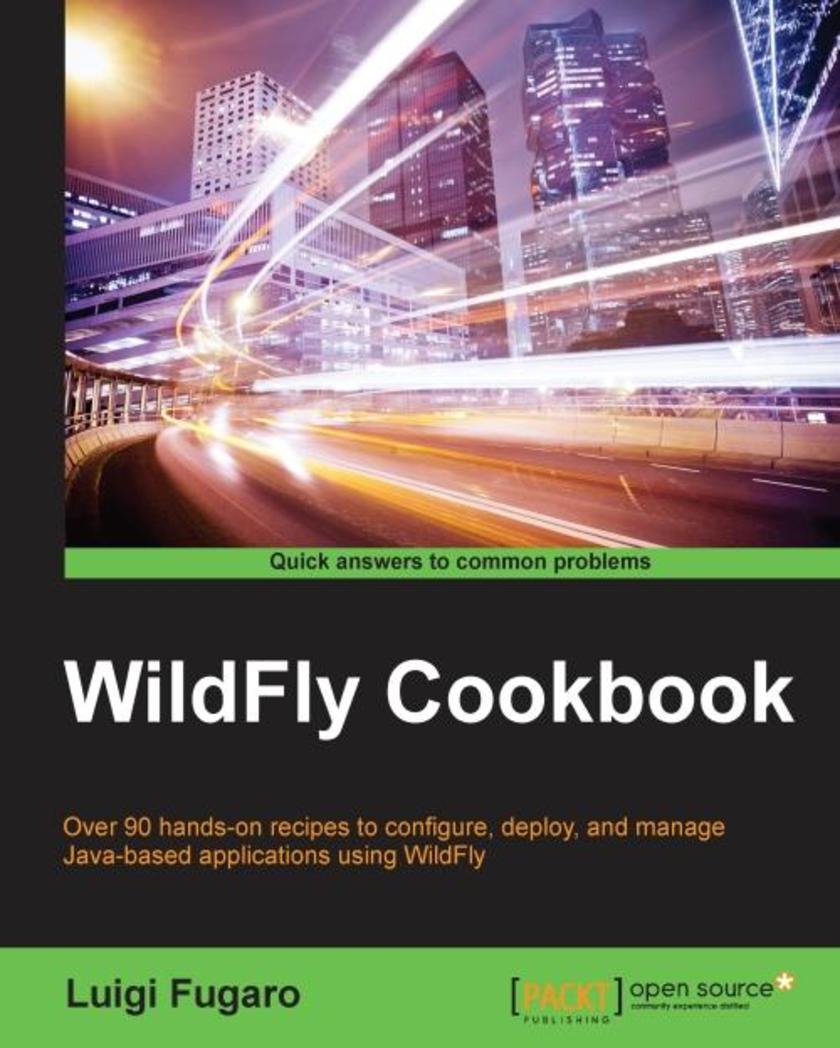
WildFly Cookbook
¥99.18
This book is intended for middleware system administrators and Java developers, actually good Java developers, who care about architecture design and implementation. Whether you are new to WildFly, come from a previous version, such as JBoss AS 5, 6, and 7, or are an expert in it, you will be able to master both the basic and advanced features of WildFly. By the way, most of the core components of WildFly are totally new, such as its administration tool, that is, the CLI; its operational modes, which are, the standalone and domain modes; and its web server provided by Undertow, you can benefit from this book even if you have no experience in JBoss and WildFly at all.
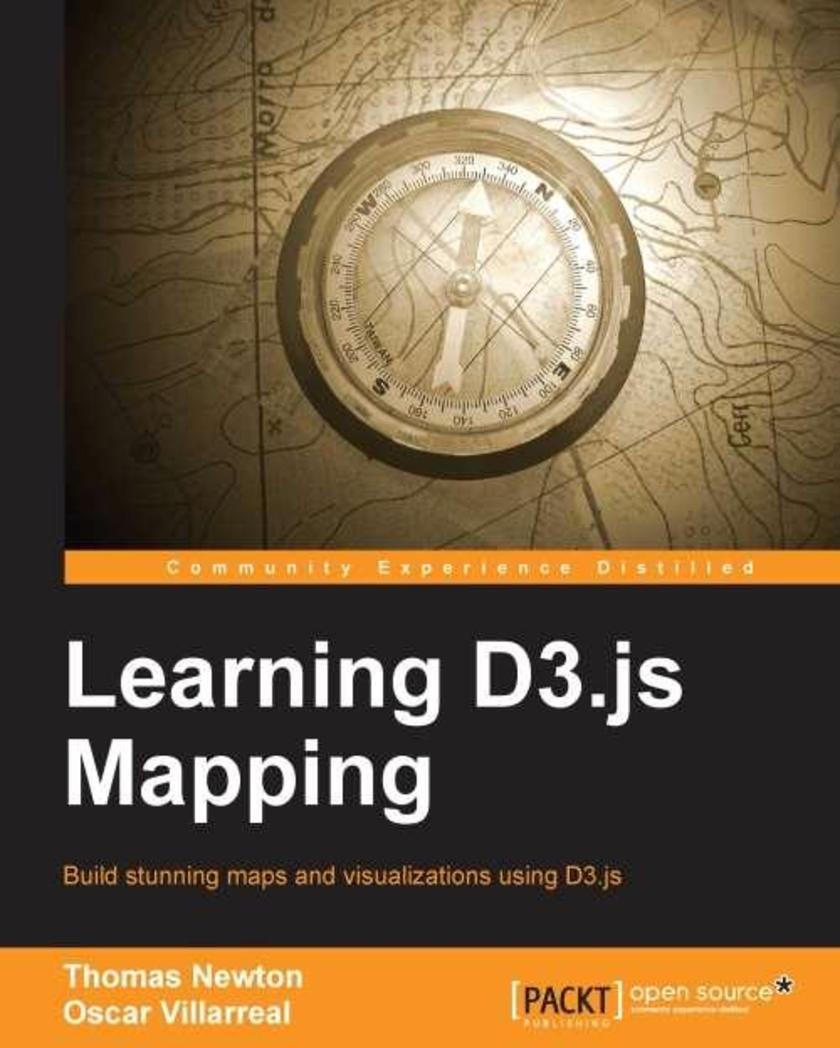
Learning D3.js Mapping
¥45.77
If you are interested in creating maps for the web GIS data, this book is for you. Familiarity with D3.js will be helpful but is not necessary.
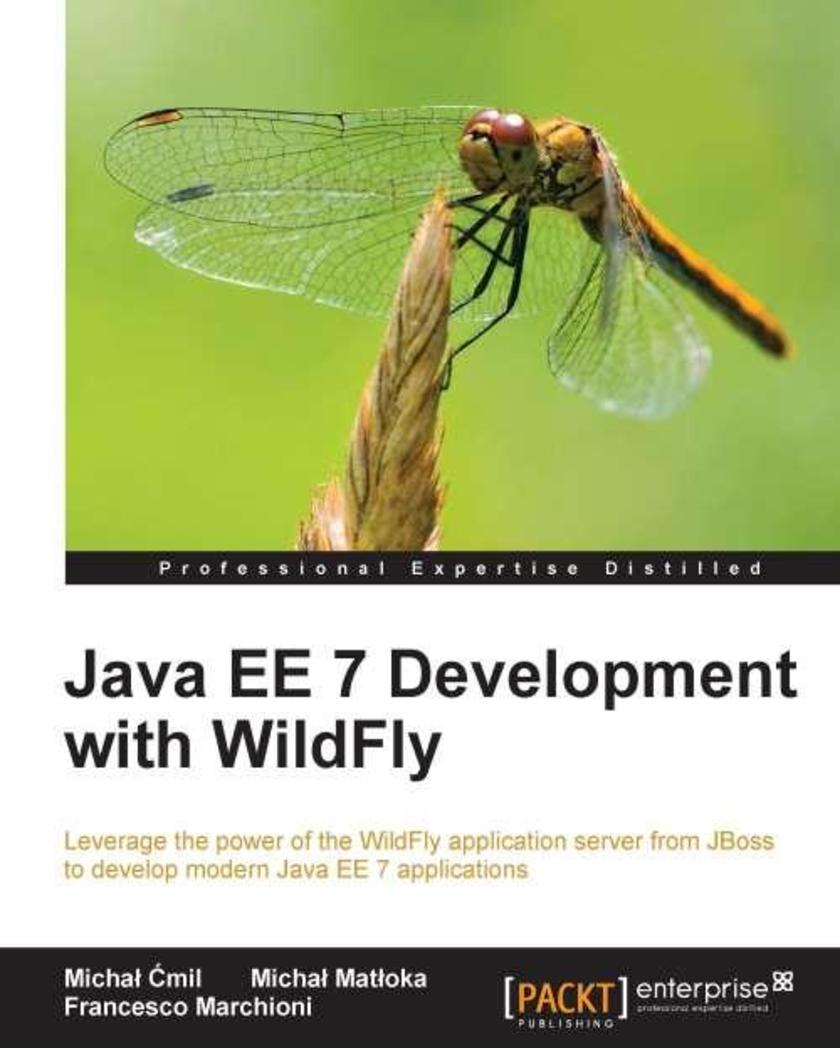
Java EE 7 Development with WildFly
¥90.46
If you are a Java developer who wants to learn about Java EE, this is the book for you. It's also ideal for developers who already have experience with the Java EE platform but would like to learn more about the new Java EE 7 features by analyzing fully functional sample applications using the new application server WildFly.
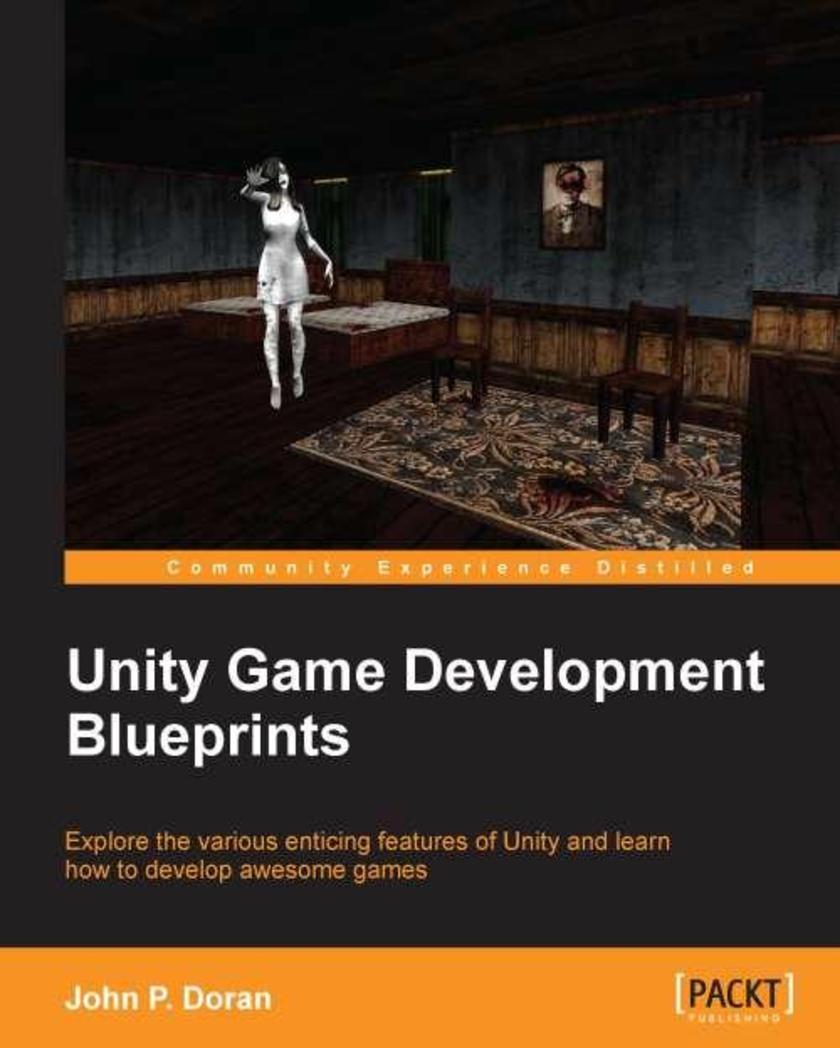
Unity Game Development Blueprints
¥80.65
If you want to build enticing projects with Unity, this book is for you. Readers who are familiar with the basics of how to create simple projects in Unity will have an easier time.
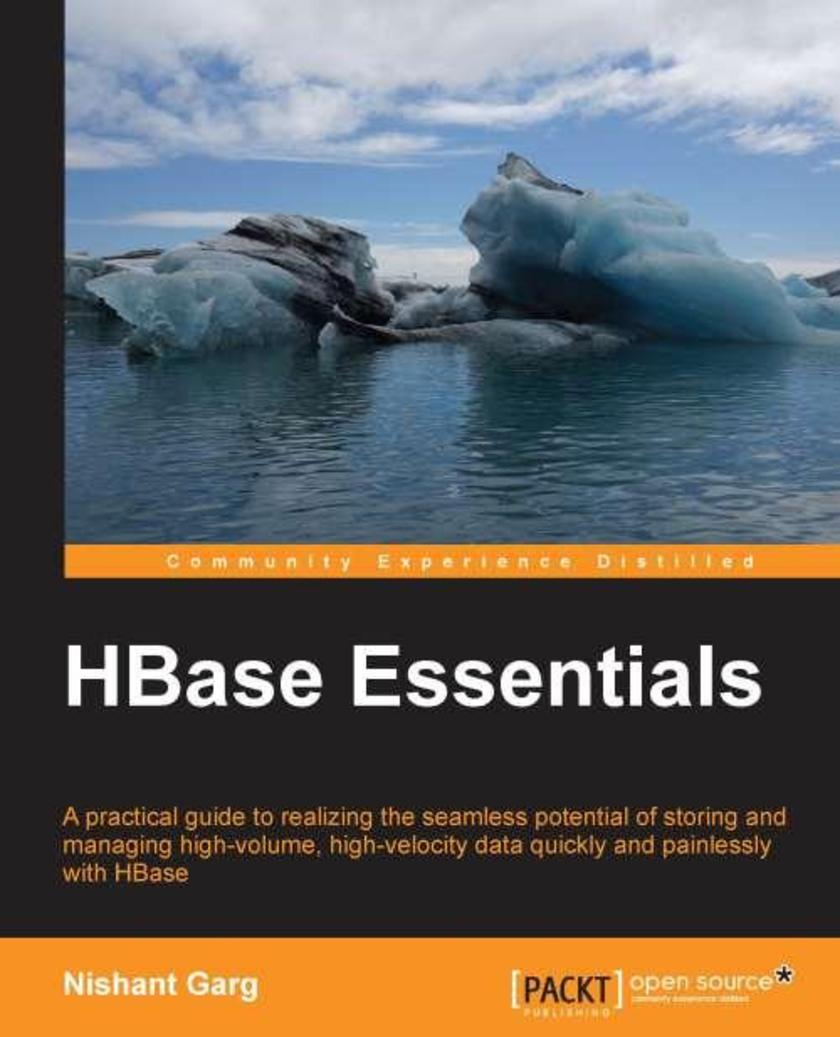
HBase Essentials
¥63.21
This book is intended for developers and Big Data engineers who want to know all about HBase at a hands-on level. For in-depth understanding, it would be helpful to have a bit of familiarity with HDFS and MapReduce programming concepts with no prior experience with HBase or similar technologies. This book is also for Big Data enthusiasts and database developers who have worked with other NoSQL databases and now want to explore HBase as another futuristic, scalable database solution in the Big Data space.

Building Web Applications with ArcGIS
¥45.77
If you are a GIS user or a web programmer, this book is for you. This book is also intended for all those who have basic web development knowledge with no prior experience of ArcGIS and are keen on venturing into the world of ArcGIS technology. The book will equip you with the skills to comfortably start your own ArcGIS web development project.
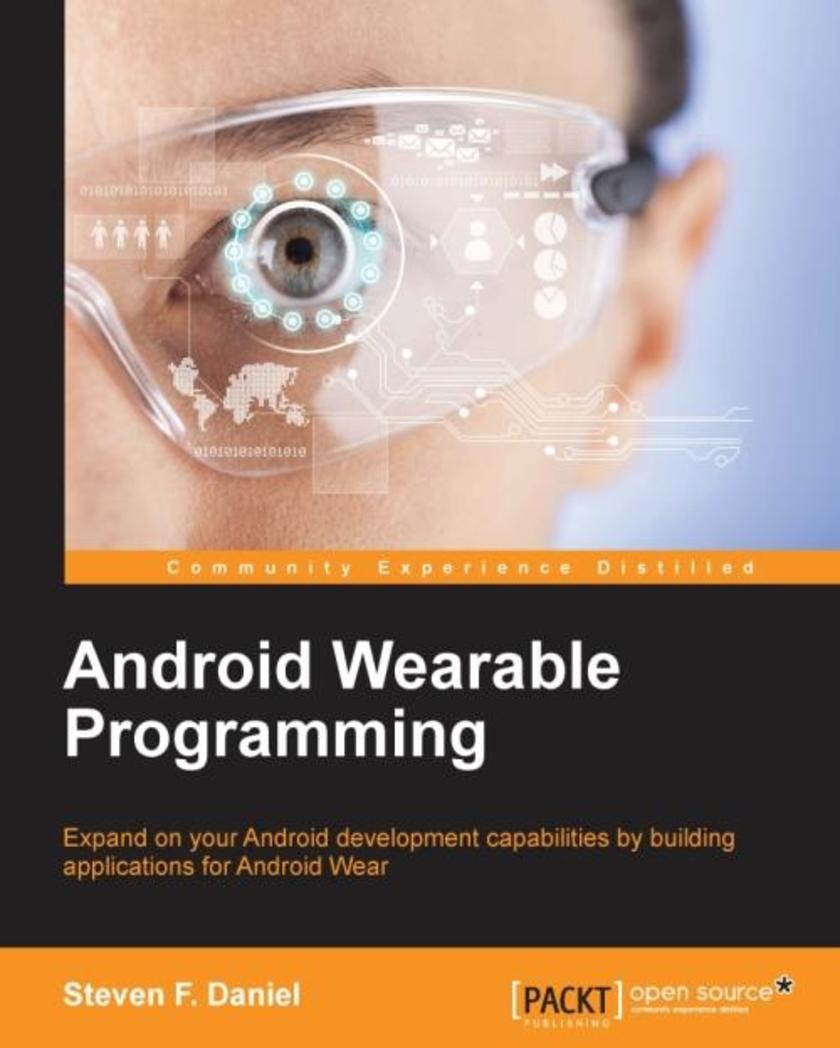
Android Wearable Programming
¥54.49
If you are an Android developer who wants to learn how to build applications for the Android Wear platform, then this is the book for you. This book only requires a basic knowledge of Android programming. Familiarity with development IDEs such as Android Studio, IntelliJ IDEA, or Eclipse will be helpful.
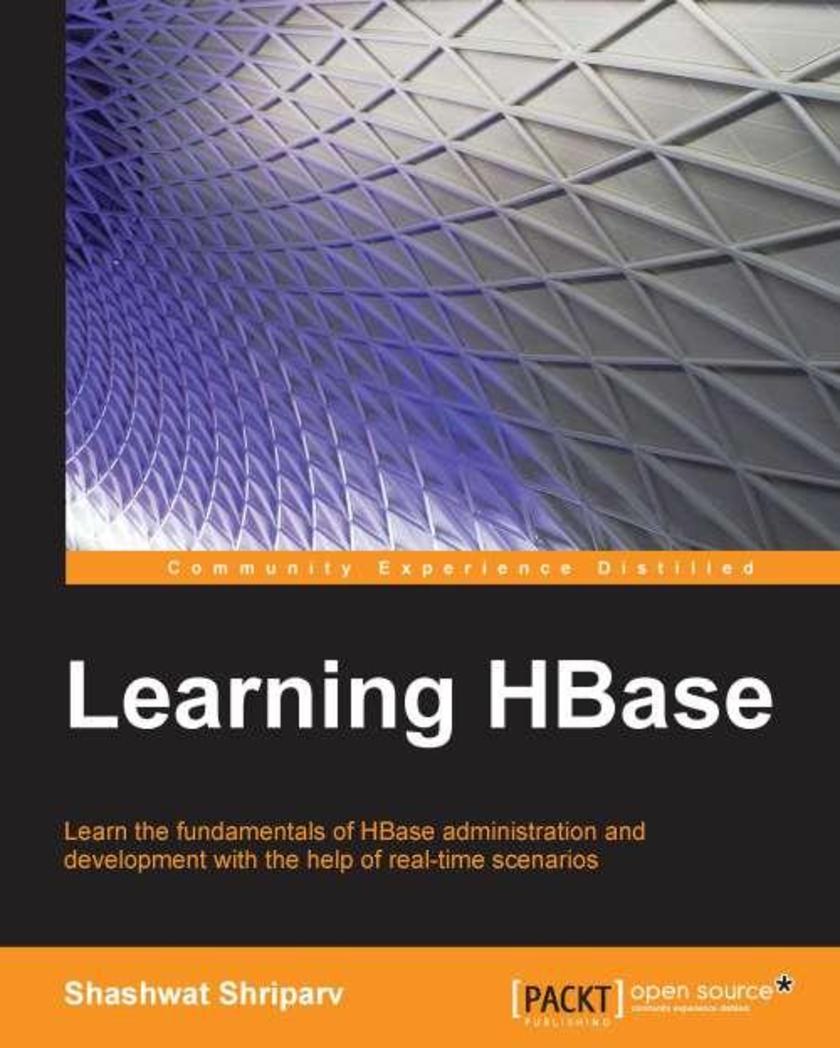
Learning HBase
¥80.65
If you are an administrator or developer who wants to enter the world of Big Data and BigTables and would like to learn about HBase, this is the book for you.
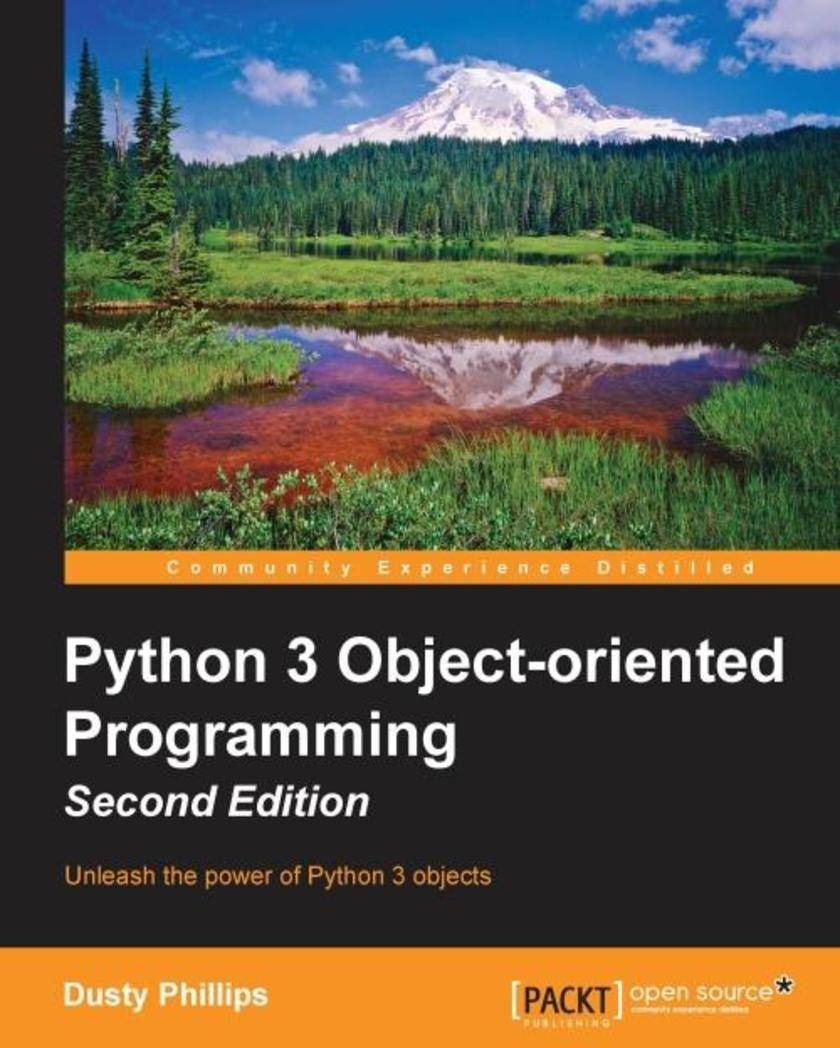
Python 3 Object-oriented Programming - Second Edition
¥90.46
If you're new to object-oriented programming techniques, or if you have basic Python skills and wish to learn in depth when to correctly apply object-oriented programming in Python to design software, this is the book for you.
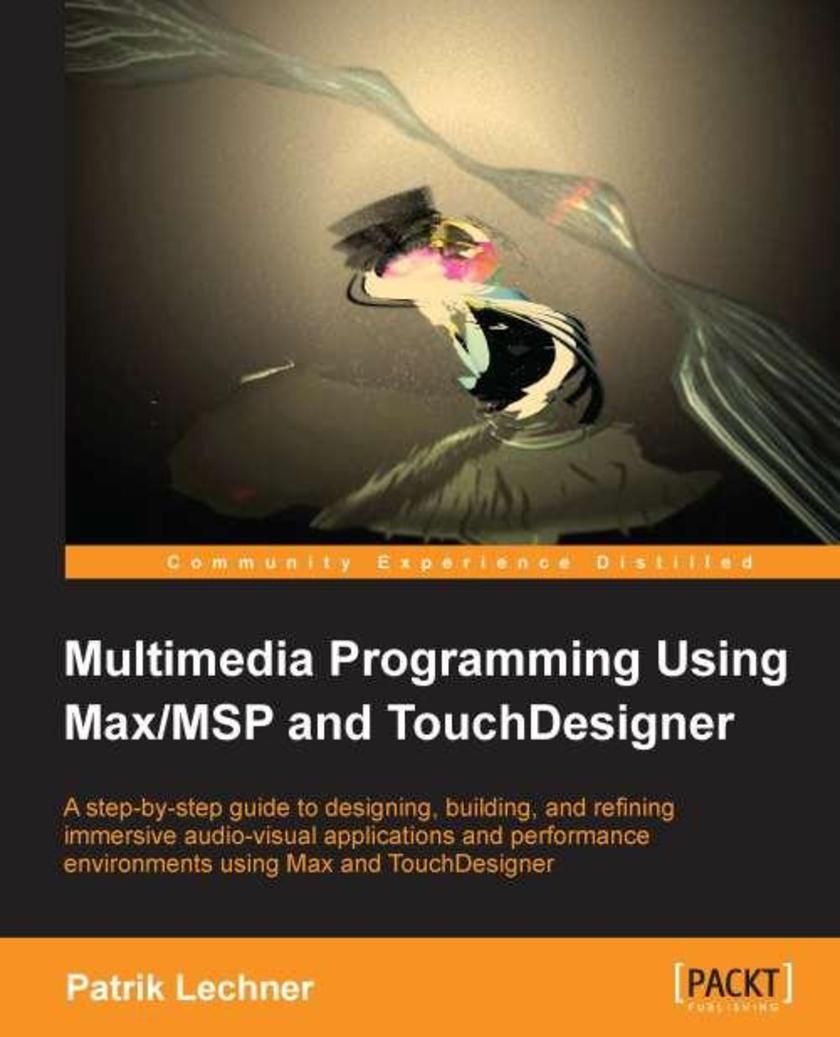
Multimedia Programming Using Max/MSP and TouchDesigner
¥90.46
If you want to learn how to use Max 6 and/or TouchDesigner, or work in audio-visual real-time processing, this is the book for you. It is intended for intermediate users of both programs and can be helpful for artists, designers, musicians, VJs, and researchers. A basic understanding of audio principles is advantageous.




 购物车
购物车 个人中心
个人中心



